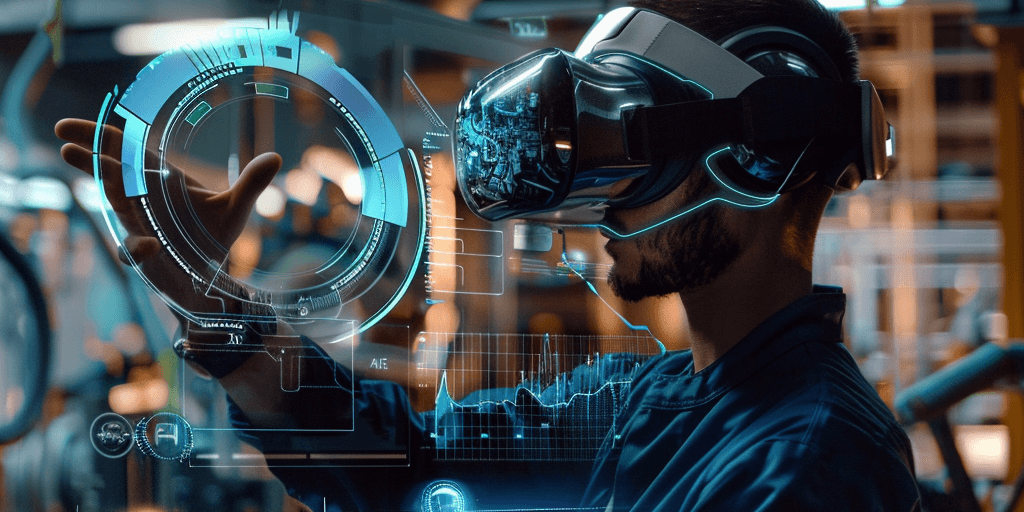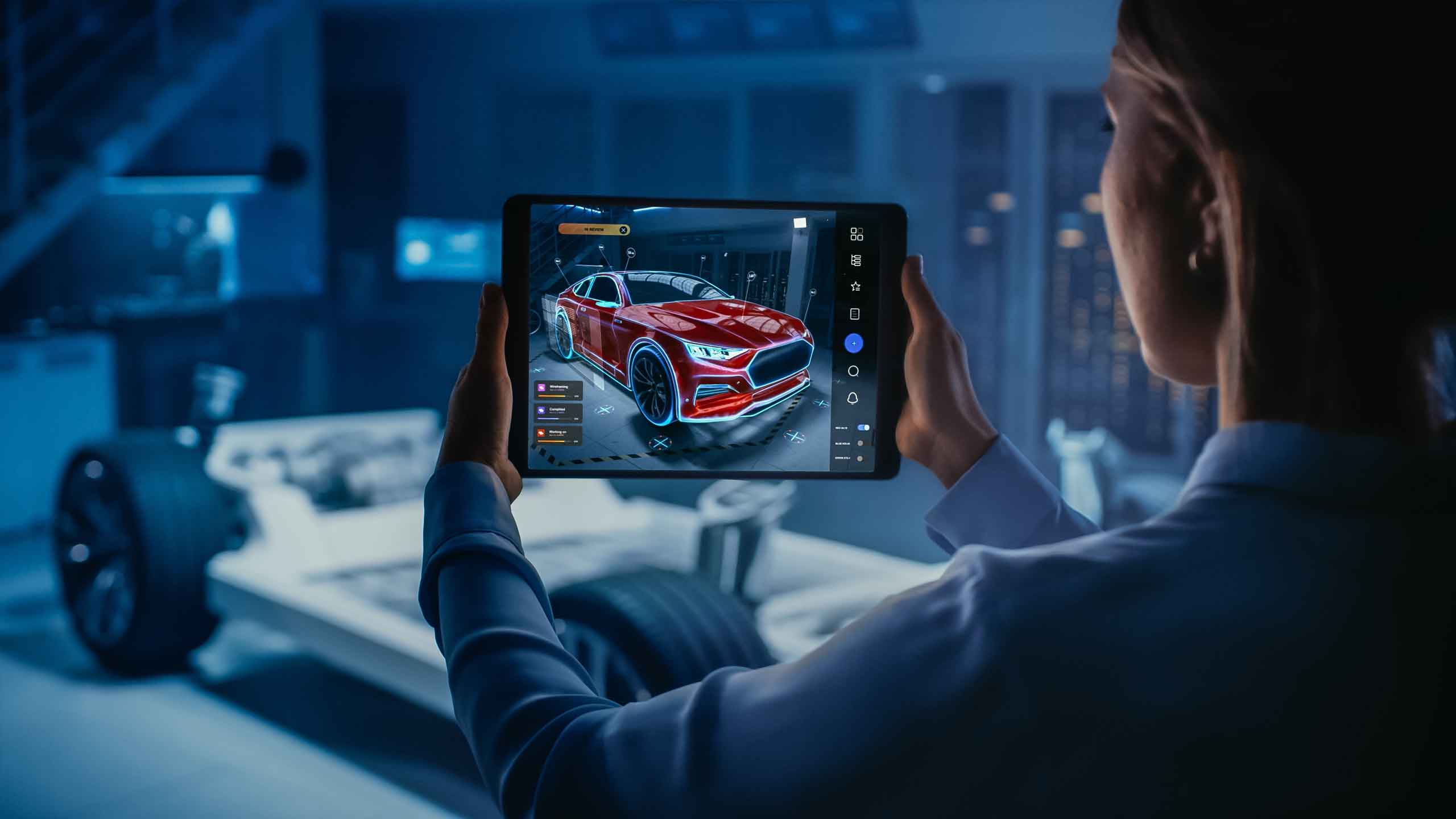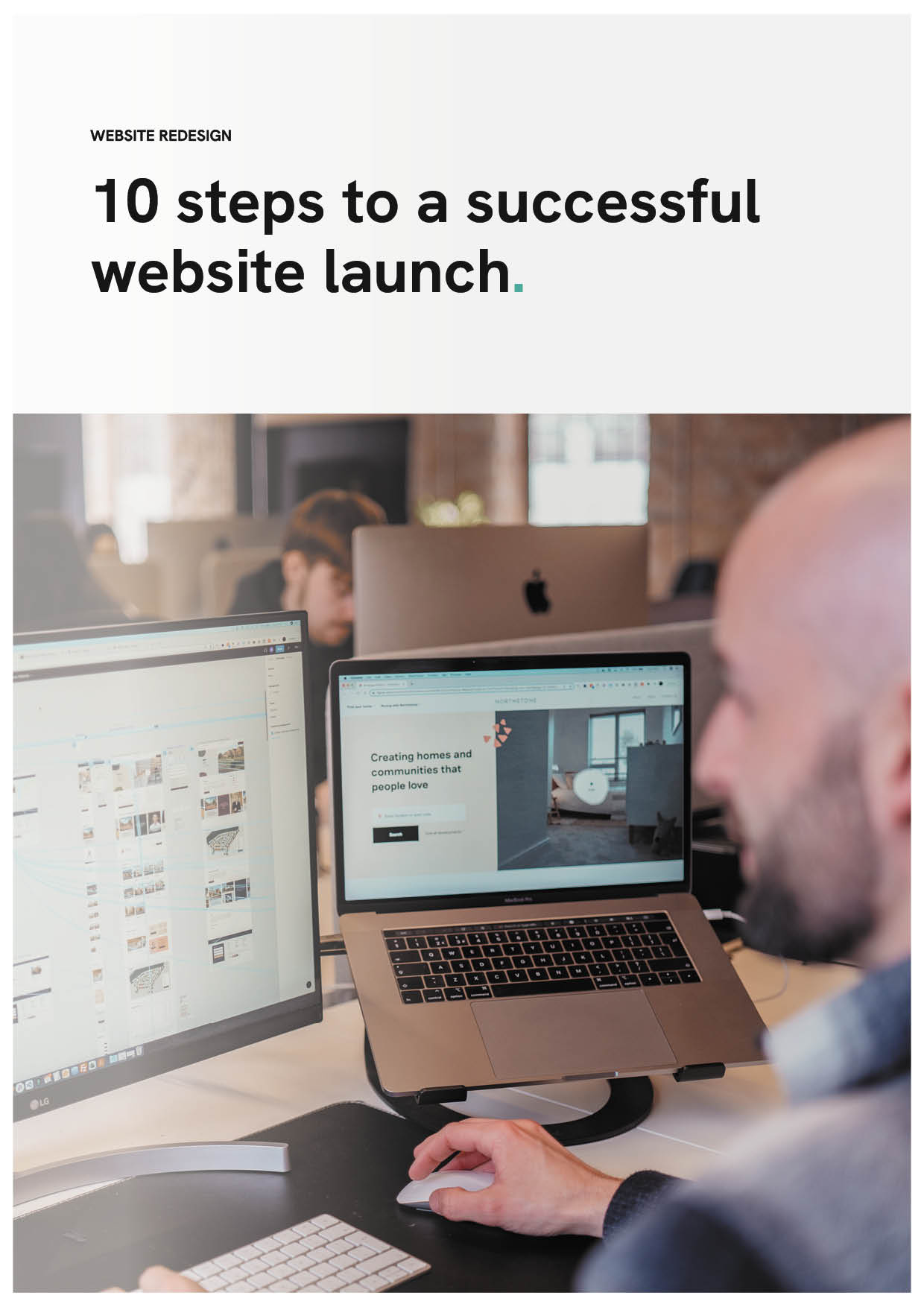Give your customers an experience that build confidence and trust.
No time to read this article, why not listen to the audio conversation.
The manufacturing industry is driven by technological innovation. Not all of this focuses on the manufacturing process itself. A lot revolves around marketing and lead generation. At Red Fern – a leading manufacturing website design agency – we’ve seen this first-hand.
Augmented reality (AR) and virtual reality (VR) are redefining how manufacturers advertise their products and services. This is seen in multiple ways, and the technologies could be a vital way to stand out among competitors, bring in new leads, and fuel growth.
Let’s go through how they can impact your website, marketing, and overall lead generation process, as well as how you can use them.
Why AR and VR matter for manufacturers
Complex ideas and technical specifications dominate the manufacturing industry. These can be difficult to communicate in an easy-to-understand way. Traditional websites with flat images and short videos often fall short in translating what you’re trying to communicate.
AR and VR help to bridge that gap, making communicating specifications and ideas much simpler. They create interactive, 3D renderings – often in the real world – so potential clients can better understand what’s actually being offered.
It helps bring products and services to life without needing a significant investment from clients. By partnering with a manufacturing website design agency, you can engage and captivate potential clients much better with this technology, which should bring in more leads and overall sales.
It’s just a matter of implementing AR and VR in the right way for your website.

Practical applications of AR and VR in manufacturer website design
AR and VR can be used in various ways for manufacturing website design, and these span more than a few areas. Some of the most notable of these include:
- Virtual Product Demos – The software lets clients interact with your products in a simulated environment. It gives them more of a hands-on experience with what you offer. This then informs them of how well-fitted you are to their needs.
- Factory Tours and Process Visualisation – You can showcase your production capabilities through virtual factory tours. VR immerses clients in a 3D, 360-degree view of your factory, letting them visualise your process much better.
- Training and Support Modules – AR & VR-enhanced websites can offer interactive training and support tools for clients. A manufacturing website design agency, for example, can embed AR maintenance guides on your website to help clients.
- Custom Configuration Tools – AR and VR lets clients customise the products they want directly on your website. This could mean creating products with the exact specifications they need for their business.
- Trade Show Integration – Trade shows are often an essential marketing strategy for manufacturers. A website design agency can extend this by embedding AR/VR experiences that replicate a trade show environment for clients.
These can all have a significant impact on how engaging – and helpful – your website can be for potential clients.
In turn, this should mean a greater number of leads and sales through your website, making AR and VR more and more recommended.
Challenges and considerations
AR and VR can be transformative for a manufacturing business. But, that doesn’t mean it’s all positive. There are challenges and other considerations to be aware of, even when they’re integrated into a manufacturing website design.
One of the key challenges with this is integrating the technology in the first place. It needs to be done to a high quality, which means making a significant investment in the technology. Working with a manufacturing website design agency is a core part of this.
Then there’s accessibility. Not all potential clients and website visitors have VR headsets, or the kind of device that AR technology needs. These can be significant barriers, especially when you’re relying primarily on AR and VR.
A quality web design agency, like here at Red Fern, will mitigate this by making sure these features are optional. They’ll also integrate fallback options, like 2D videos or interactive images to expand overall accessibility.
Then there’s content relevancy. As you update your products or services, you’ll need to update your website to match them. For less advanced features, this can be easy. Updating VR and AR features could take more time and expertise.
Feature bloating could also impact page load times and overall website functionality.
Summing it up
The future of manufacturing website design focuses on creating immersive and engaging experiences. AR and VR play directly into that. These are strategic tools that enhance product visualisation, help build trust, and let you stand out in a competitive market.
Partnering with a manufacturing website design agency – like here at Red Fern – you can implement these technologies in practical ways.
As the industry evolves, these technologies can be vital ways to compete and bring in more sales.


